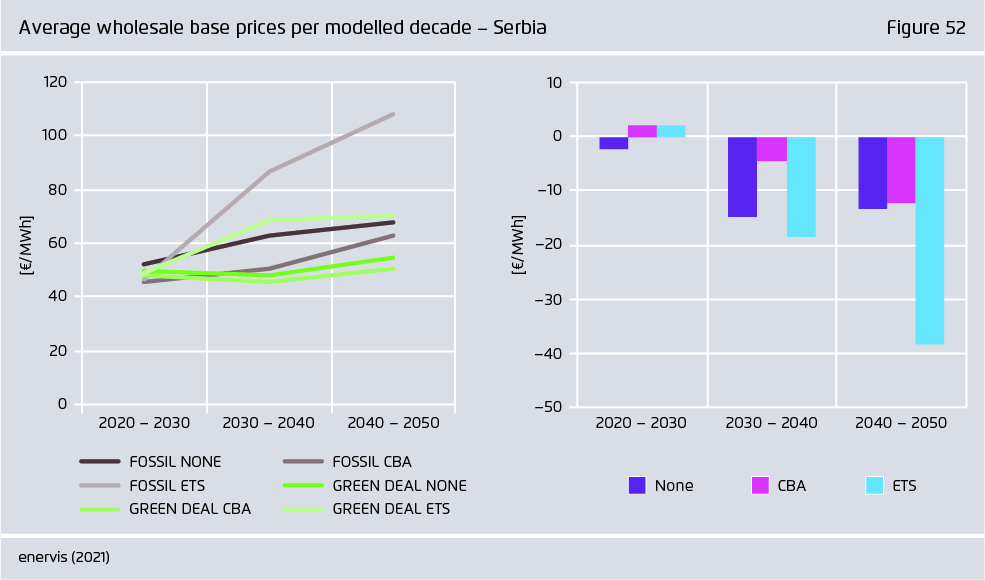
With the #SofiaDeclaration, the 6 #WesternBalkans countries have committed to #climateneutrality in 2050. To achieve this, a #lignite phase-out for power production is needed, ideally by 2040. To support the debate, we have developed 6 pathways (THREAD). #EUGreenDeal 1/12 

Where do we stand today? WB-6 power markets consist almost exclusively of two generation technologies: #lignite and #hydro. The share of either source varies considerably between the countries. 2/12 

Finding 1: 90 % of #lignite power plants in the #westernbalkans was put into operation 30 or more years ago. 40 % of the capacities are older than 40 years. The power plant park is in urgent need of #modernisation. 3/12 

Finding 2: 2 GW of new #lignite capacity is planned. However, with a CO2 price on the horizon, lignite plants will generate more and more loss by 2040. Why? Low efficiency of lignite mining + cost of air pollution regulations + little export opportunities due to #CBAM. 4/12 

Finding 3: Economically, existing #lignite units should be closed by 2040. Lignite phase-out without CO2 pricing (unlikely) increases system costs by €3-4/MWh. However, with EU #CBAM scheme or another CO2 pricing form, lignite plant retirements by 2040 reduce system costs. 5/12 

The recently proposed CBAM (@EU_Commission) questions the economics of newly planned #lignite in the Western Balkans. Any form of carbon pricing makes new lignite loss making. The plans for new lignite power plants should be halted and investments diverted. 6/12 

Finding 4: Security of supply will be ensured with: 1) rapid #renewables expansion, 2) strengthened interconnected grids, 3) regional #electricity market integration, 4) expansion of existing water storage facilities 5) targeted investment in flexible gas-fired power plants. 7/12
Finding 5: Replacing #lignite with renewables lowers wholesale prices, hedges against carbon prices & avoids stranding fossil infrastructure. Renewable expansion can be financed from market revenues. Coupled with a "just transition" policy ensures that no one is left behind. 8/12 

Finding 6: To achieve phase-out by 2040, WB-6 need #investments of € 38-40 billion by 2050. Investment parts can be financed by #EU + other IFIs, burden should not be shouldered by the region alone. Investment boost will increase economic activity + employment potential. 9/12 

Outlook: The study and accompanying results are based on 6 core scenarios for the 6 Western Balkan power markets along 2 dimensions: 1) the future #energy policy strategy + 2) presence & design of a regional #CO2pricing mechanism. 10/12 

For this publication we have teamed up with enervis energy advisors + our regional think tank partners RESET (Bosnia and Herzegovina), INDEP (Kosovo) and ASOR (Serbia). Our Colleagues involved: Christian Redl & Sonja Risteska. 11/12
Our study “The Future of Lignite in the Western Balkans” is now on our website available for download: bit.ly/3uIYM0f 12/12
• • •
Missing some Tweet in this thread? You can try to
force a refresh
















